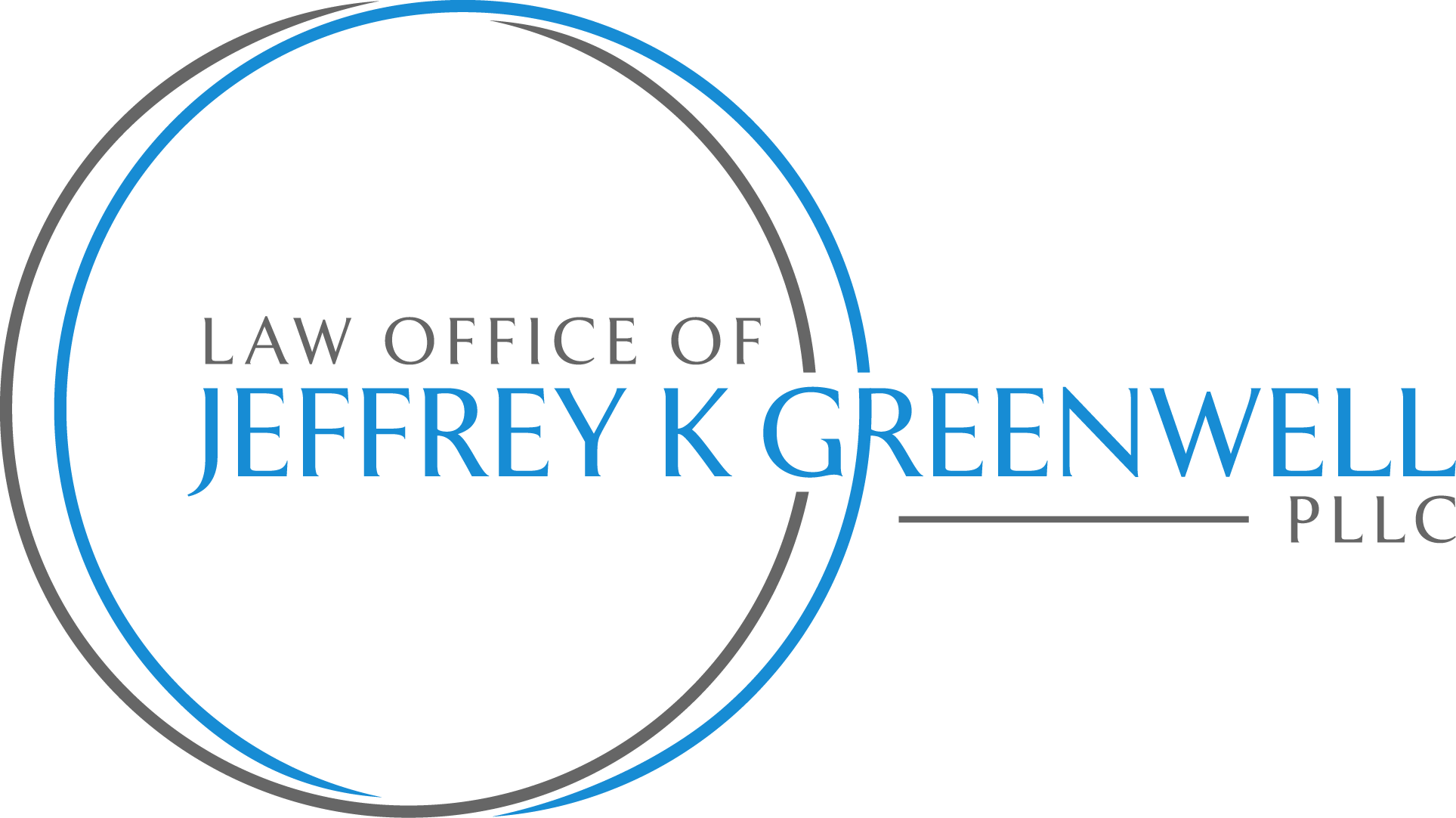A cramdown is most commonly known as a tool for decreasing amounts owed on vehicle loans, but debt can also be used on debts collateralized by other property.

Cramdowns in bankruptcy are usually associated with vehicle collateral and debts, and the cramdown option for non-vehicle collateral and debts is often overlooked. To fully understand cramdowns, we must define collateral. Collateral is property provided to the lender as an assurance that if a debt is not paid, the creditor can take and sell the property to pay off the borrower’s debt. Cramdown is a term used to describe a procedure in bankruptcy that reduces the total amount owed on a debt. By cramming down non-vehicle collateral, the filer can usually pay less on the debt overall and eventually own the collateral free and clear.
You can cram down debts secured by purchased furniture, appliances, or almost anything else you buy.
The rules for non-vehicle collateral are similar to those for vehicles. But the timing is different.
A Creditor with a Security Interest in Non-vehicle Collateral
If you bought something on credit, you can’t just file bankruptcy, write off the debt, and keep what you bought. You can’t if the creditor legally kept a right to what you bought. That right is called a security interest. That allows a creditor to repossess what you bought if you don’t pay the debt.
Talk with your bankruptcy lawyer to determine if a creditor has a security interest in what you bought. Each situation is different. Two transactions that look very similar can be completely different. If the creditor did not jump through the right hoops, it may not have a security interest, and you may not need to pay anything.
But assuming the creditor has a security interest in what you bought, you must pay to keep it. Outside bankruptcy and many times inside of bankruptcy, you will have to pay the entire debt to keep what you bought.
Advantages and Disadvantages under Chapter 7 Dealing with Non-vehicle Collateral
This situation is slightly better in a Chapter 7 “straight bankruptcy” case. You can surrender collateral and, most often, will not owe anything after the bankruptcy is completed. That’s because the amount owing after the creditor sells the collateral and applies the proceeds to the total amount owed will be discharged—legally written off permanently—a few months after your filing. Essentially, you would satisfy the creditor’s security interest by surrendering the collateral and taking care of the remaining debt by discharging it through your Chapter 7 case.
But if you want to keep your non-vehicle collateral, you usually have to pay the whole debt. The creditor requires you to “reaffirm” the secured loan as part of your Chapter 7 case. That means you agree to pay that debt fully. This generally means keeping the same monthly payment amount, same interest rate, and all other contract terms. Also, if you’re behind on payments, you will likely be required to bring them current immediately. This requirement includes late fees and other charges. It’s hard to do when money is very tight.
Sometimes, a creditor will be flexible with the Chapter 7 reaffirmation process loan terms. This happens more often with non-vehicle collateral. That’s because such creditors have less leverage than they’d have with a vehicle. People generally want to hang onto their vehicle, but less so with furniture. Plus, there’s usually less money and more hassle for the creditor to repossess the collateral. Non-vehicle collateral also tends to depreciate faster. So sometimes, this kind of creditor is willing to negotiate the monthly payment, interest rate, and the total amount paid. Again, talk with your bankruptcy lawyer about your specific situation.
The bottom line is that if the creditor in Chapter 7 wants you to pay the total amount, you don’t have much choice. Your only real leverage is to threaten to surrender the collateral and pay nothing.
Advantages of Chapter 13 Non-vehicle Collateral Cramdown
In contrast, a Chapter 13 non-vehicle collateral cramdown can be much better because you have more power and leverage. You can effectively force the renegotiation of the debt, usually on very favorable terms.
Cramdown reduces the total amount you pay on that debt, sometimes significantly. The amount you pay is primarily based on the value the seller could receive if it sold the collateral today. Again, collateral like furniture and appliances tend to depreciate quickly. This reduces the total you would pay.
That alone often enables you to reduce the monthly payments. That’s because it’s a reduced amount paid over the same time. Then, in many situations, you can also stretch the payments over a longer term. So you’re paying a reduced amount over a longer time, which reduces the monthly payment. And if the contractual interest rate is high, you can often reduce it. This also nudges down the monthly payment.
Finally, you usually don’t need to catch up if you’re behind on payments. And you often pay little or no accrued late fees and other contractual charges.
You get these benefits IF you qualify for cramdown.
Qualifying Your Non-vehicle Collateral for a Cramdown in Chapter 13
First, as with vehicle loans, non-vehicle collateral loan cramdown is only available under Chapter 13, “adjustment of debts.” It is a tool not available in a Chapter 7 case.
Second, cramdown is available on a broad category of collateral. The law says cramdown applies to “collateral [which] consists of any other thing of value” other than a “motor vehicle” (U.S. Bankruptcy Code, Section 1325 (a) (hanging paragraph after (9)). So, the collateral can essentially be anything of value other than a vehicle.
Third, cramdown makes the most sense when the collateral is worth less than you owe. That is by far the most common situation. That’s because collateral often depreciates faster than you pay down the debt.
In the unusual situation where the collateral is worth more than the debt, cramdown is either not helpful or of more limited benefit. However, if the number of months of payout can be increased, the monthly payment amount could be reduced. This happens if the length of the 3-to-5-year payment plan is longer than the remaining length of the loan contract.
The Timing Qualification
The final qualification is the timing. When you file your Chapter 13 case, the loan must be more than one year old.
What happens if you file your Chapter 13 case before your loan is a year old? You can’t complete a cramdown on your non-vehicle collateralized debt. You’re stuck with the regular payments, interest rate, and total balance to pay. You generally want to qualify for cramdown if you can.
However, other timing considerations are usually involved in choosing when to file bankruptcy. Some may be more important or involve more money than this one consideration. You can use the knowledge and experience of your bankruptcy lawyer to understand the different considerations and to file your case at the best time.

